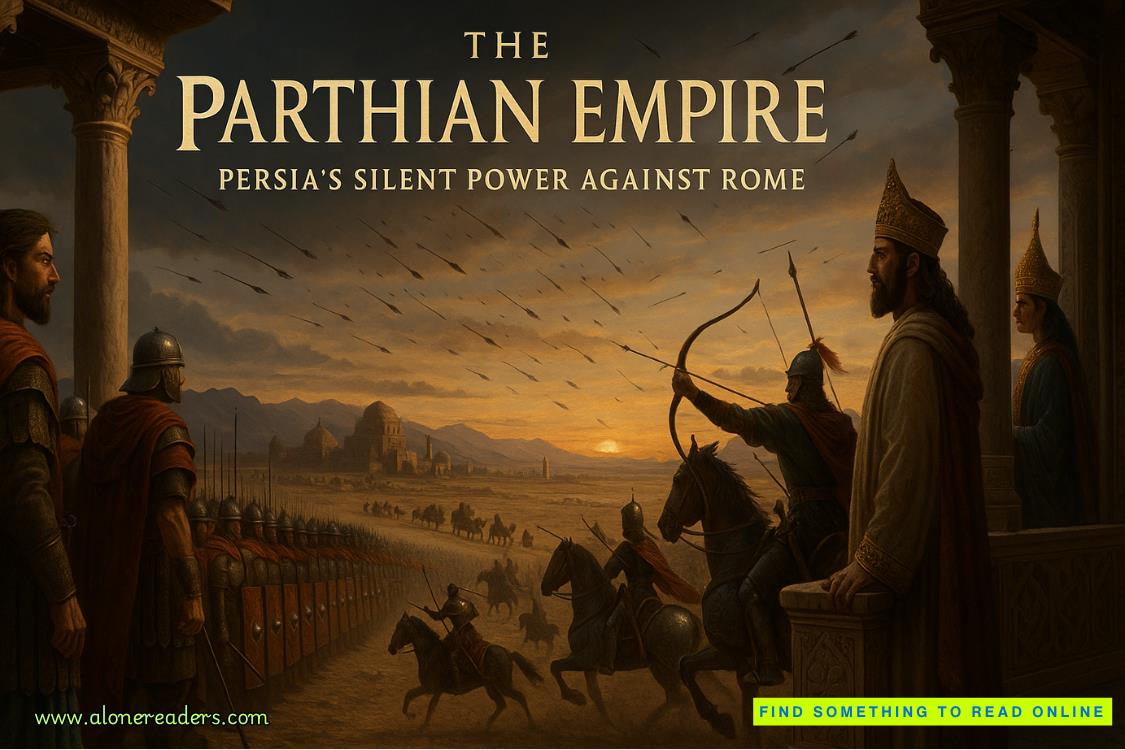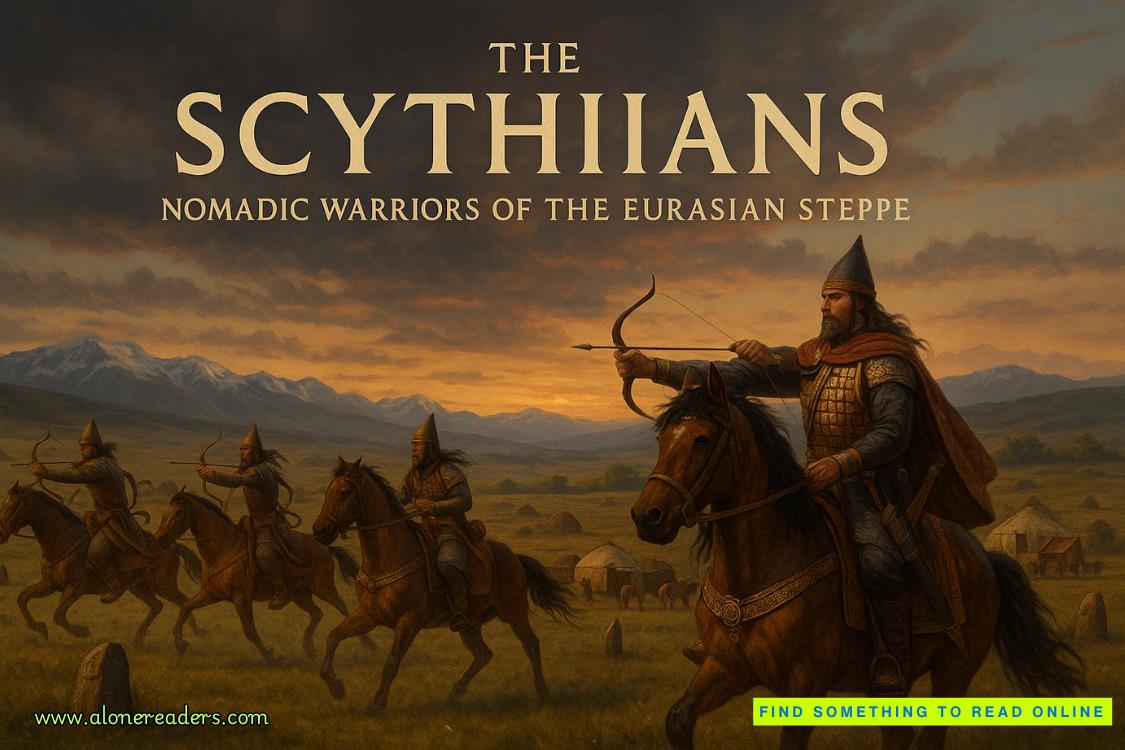Page 58 of My Ishmael (Ishmael 3)
I shook my head doubtfully, and he asked what was wrong. “I’m not sure. Or maybe I am. I’m used to thinking of gangsters as animals. I’m used to thinking of cultists as lunatics. Putting Leaver tribes in with gangs and cults leaves me feeling distinctly … confused.”
“I understand. As you move out into the world, you’ll find that the intellectually insecure oft
en bolster their confidence by maintaining subjects in solid, impermeable categories of good and evil. The Industrial Revolution is evil, and nothing should be seen in it that might be construed as good. Gangs and cults are evil, and nothing should be seen in them that might be construed as good. Tribes, on the other hand, are good, and no connection must be seen between them and evil things like cults and gangs. It’s permissible to note that Leaver tribes do very well without classes and private property, but you should be careful to emphasize that they haven’t been reading naughty books by Marx and Engels.”
“Yeah, I can believe that. But I’m still not quite sure what this has to do with intentional communities.”
“When government officials began to look into his People’s Temple, Jim Jones took it to Guyana. He did this because he knew it would cease to function if it fell under government oversight. To move to a different example, a recovered alcoholic by the name of Charles Dederich started a drug rehabilitation center in Santa Monica in 1958. It was called Synanon. It wasn’t exactly a community to begin with, because addicts naturally came and went, but as time went on Dederich became dissatisfied with this model. He wanted a community, and before long he was encouraging recovered addicts to stay on as subsistence employees. Next Dederich opened up the community to outsiders—professionals and businessmen who were willing to turn over real estate, cars, bank accounts, and stock holdings to Synanon for the sake of belonging to a unique community and having what they expected to be a home for life. Step-by-step, Synanon gradually went from being a treatment center to being a cult—and an embattled cult, armed not only for defense but offense, engaging in attempted murder and brutal assaults on perceived enemies in the surrounding community. The cults of Bhagwan Shree Rajneesh, the Hare Krishna, and the Alamo Christian Foundation were all embraced by people who were similarly willing to turn over their worldly possessions and to work for nothing in order to belong—to have membership and all that comes with membership—food, lodging, clothing, transportation, health care, and so on. Security, in a word.”
“Again, I’m not quite sure why you’re telling me all this.”
“I’m trying to make you see that these people are not crazy. They desperately want something that humans had here for hundreds of thousands of years and still have wherever the Leaver life survives. They want to be taken care of in the tribal way, Julie. They’re perfectly willing to give to the cult their total support—in return for its total support, which means food, lodging, clothing, transportation, health care, and so on—everything it takes to live as a human. They didn’t seek out these cults because they perceived them as tribal. They sought them out because they perceived them as offering something they desperately wanted—and still do want, I guarantee it, Julie. In the years to come, you’re going to see more and more completely ordinary and intelligent people being drawn into cults, not because they’re crazy but because the cult offers them something they deeply want and can’t get in the Taker world. The support-for-support paradigm is more than just a way of staying alive, it’s a profoundly satisfying human style. People really like living this way.”
“All right, I understand this. Now tell me what I’m supposed to do about it.”
“Right now, Julie, who is permitted to start cults in the sense we’re talking about here?”
“I guess I’d have to say no one is.”
“And since no one is permitted to start cults, who in fact do start cults?”
“Crazy people,” I said. “People with delusions of grandeur. Also con artists.”
“Julie, here’s what I’m trying to make you see. Since no one but lunatics and con artists is allowed to start cults among you, why are you surprised to find that all your cults are started by lunatics and con artists?”
“That’s a helluva good question.”
“Here’s another one for you. What would you do with a cult that wasn’t started by a lunatic or a con artist?”
“What do you mean, what would I do with it?”
“Well, would you suppress it?”
“I don’t know.”
“Do you know who the Amish are?”
“Yeah. A couple years ago Harrison Ford hid out with the Amish in a movie.”
“Don’t you think the Amish should be suppressed?”
“No. Why would I?”
“Because they live just like a cult that isn’t centered on a lunatic or a con man.”
I closed my eyes and shook my head. “Ishmael,” I said, “you’re really confusing me.”
“Good. That’s progress. I must make you stumble over your cultural taboos. I know of no other way to break down the way you’ve been conditioned to respond to words. When you hear the word gang, you’ve been conditioned to think, ‘Bad—must not think about.’ When you hear the word cult, you’ve been conditioned to think, ‘Bad—must not think about.’ When you hear the word tribe, you’ve been conditioned to think, ‘Good—okay to think about.’ ”
“What am I supposed to think about when I hear the words gang and cult?”
“You can start by thinking, ‘The word is not the thing.’ You can start by thinking, ‘The thing does not become bad by being called a bad name.’ You can start by thinking, ‘The fact that this thing has been called a bad name doesn’t mean I can’t think about it.’ ”
“Okay. But what should I think about here?”
“You should think about the fact that there’s no operational difference between a tribe and a cult, Julie. There’s no operational difference between a carburetor built by a church-going Republican and a carburetor built by an atheistic anarchist. Both work the same way. That’s what I mean when I say there’s no operational difference between them.”
“I understand that.”















